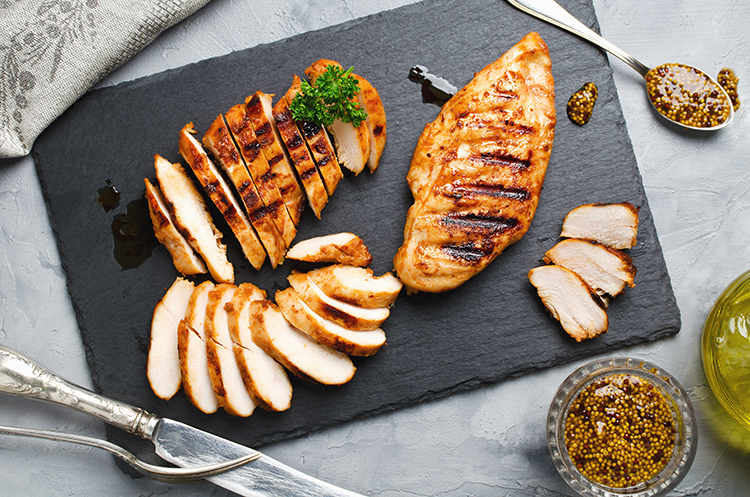
In 2021, the average person in the U.S. consumed 222.9 pounds of meat. That number will remain relatively stable for 2022, but the type of meat consumed is likely to change, according to agricultural economist Brenda Boetel.
Boetel, an extension specialist and professor at the University of Wisconsin-River Falls, predicts that people will consume more poultry and less beef and pork in the year ahead. She shared a few reasons why during the Wisconsin Agricultural Outlook Forum held earlier this week.
Price is one driving factor. She said that retail prices for meat have been high, and they will continue to stay that way. In December, the average price for beef was $7.35 per pound, pork was $4.74 per pound, and poultry was $2.22 per pound.

What is noteworthy is the price differential between beef and other meat products. From 2018 to 2020, the price differential between beef and pork was $2.05 per pound. That number currently sits at $2.61 per pound. For poultry, the price differential averaged $4.01 from 2018 to 2020, but it has now risen to $5.13 per pound, highlighting that the beef price is increasing at a faster rate than other forms of protein.
Boetel noted that the Consumer Confidence Index showed people were more optimistic at the beginning of 2021, with confidence falling in the second half of the year. Consumer confidence has not dipped to levels seen during the Great Recession of 2008 and 2009, but it plays a role in how consumers will react to the continued high retail prices for beef.
Supply will also affect consumption choices. Boetel said that broiler production rose in 2021 and will likely rise again in 2022. If it does, that will mark the 11th consecutive year of increased broiler production in the U.S.
Meanwhile, pork production was down 2.2% in 2021. Culling impacts from the pandemic, due to processing disruptions, contributed to this, along with reduced processing capacity and trucker shortages that slowed slaughtering capabilities. Boetel noted that there was a smaller hog herd going into 2022, and she predicts tighter margins for hog producers and reduced consumption in the year ahead.
Beef production was up 2.7% in 2021, but that will not be the case in 2022. Boetel explained that the U.S. beef herd is in a contraction phase that began in 2019, caused in part by drought conditions and above average beef heifer slaughter. Processing capabilities have also impacted the beef industry. While more packing plants are expected to come online over the next few years, Boetel said, “Added capacity doesn’t happen overnight.”
With a tighter supply, Boetel predicts that beef prices will be up in 2022, and margins will improve for cattle producers. However, if retail prices for beef remain high, the average consumer is more likely to reach for poultry over beef or pork in the year ahead.








